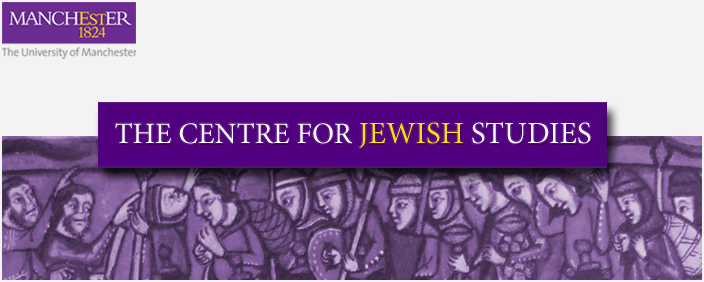Rylands Hebraica Catalogue

John Rylands Research Institute and an Anonymous European Jewish Foundation
Second phase: 2019-20: Revealing the John Rylands Library's Persian and Hebrew Collections
Prof. Philip Alexander, principal investigator
Prof. Alex Samely, research advisor
First phase: 2015-18
Dr. Renate Smithuis, principal investigator
Dr. Stefania Silvestri, research associate
Catalogue of Codices, Scrolls, and Other Texts in Hebrew Script in the University of Manchester (John Rylands) Library
Building on the success of the Cairo Rylands Genizah project (AHRC, 2003-09) and a mix of current Hebraica and Judaica projects at the University of Manchester Library (UML), the John Rylands Research Institute plans to make accessible to scholars and the public a catalogue of the Library’s codices, scrolls and other texts in Hebrew script. The project will create a full, online catalogue compliant with current cataloguing and metadata standards. It will take as its starting point a draft, unpublished catalogue produced by Professor Alexander Samely in the early 1990s. The cataloguing work is overseen by the Principal Investigator, Dr Renate Smithuis, working with a research associate, Dr Stefania Silvestri, and also involves a network of experts from Israel (especially the National Library of Israel).
The corpus to be catalogued (namely, the codices, scrolls and other texts in Hebrew script in the UML) is one of the most important smaller collections of Hebrew manuscripts in Europe. The corpus, which numbers over 400 items, comprises the following elements: (1) 50 Rylands manuscripts (incl. 33 Crawford): these are generally de-luxe illuminated manuscripts (e.g. Haggadot and Megillot). (2) The remaining codices, which all come from the library of Moses Gaster. (3) A collection of Ketubbot, and amulets and other magical texts, also assembled by Moses Gaster.
The collection contains numerous items of importance for the study of illuminated Hebrew manuscripts, e.g. the famous Rylands 6 – one of the finest Catalonian Haggadot in existence, which has recently undergone extensive conservation work, and a very fine collection of Megillot. The Gaster manuscripts contain rare and unique items which illuminate marginal forms of Judaism, in which Gaster had a deep and pioneering interest. The cataloguing of the Gaster element of the corpus will contribute to the overall evaluation of Gaster’s life and scholarship which is currently being undertaken in the UML, and involves two post-doctoral projects, one evaluating his contribution to the study of Jewish apocrypha and pseudepigrapha (funded by the British Academy), the other devoted to editing his correspondence in Samaritan Hebrew with the Samaritan community in Nablus between 1905 and 1933 (funded by the JRRI). Gaster’s important collection of Samaritan codices in the UML (already catalogued by Robertson) will be dealt with under a separate initiative. Moses Gaster (1856-1939), a major figure in Anglo-Jewish scholarship and communal life, and in early Zionism, has yet to receive an adequate biography.



